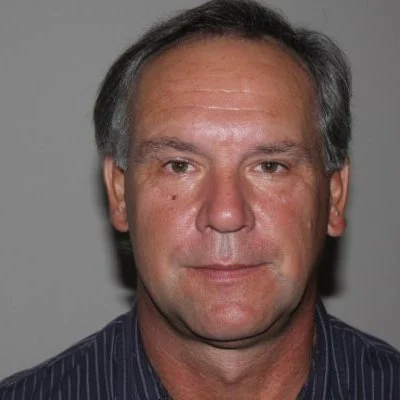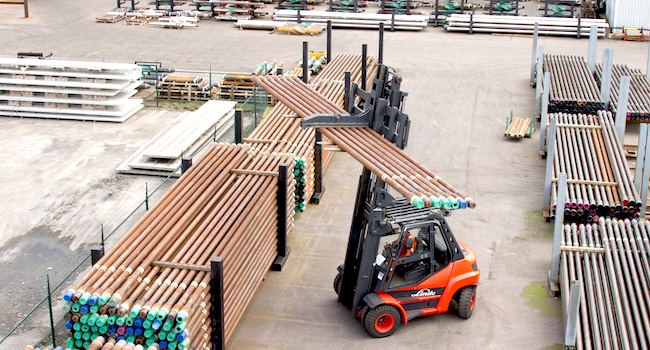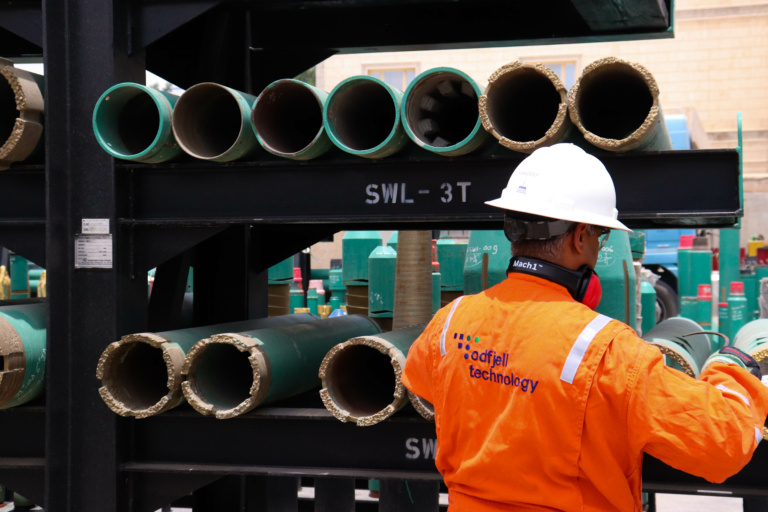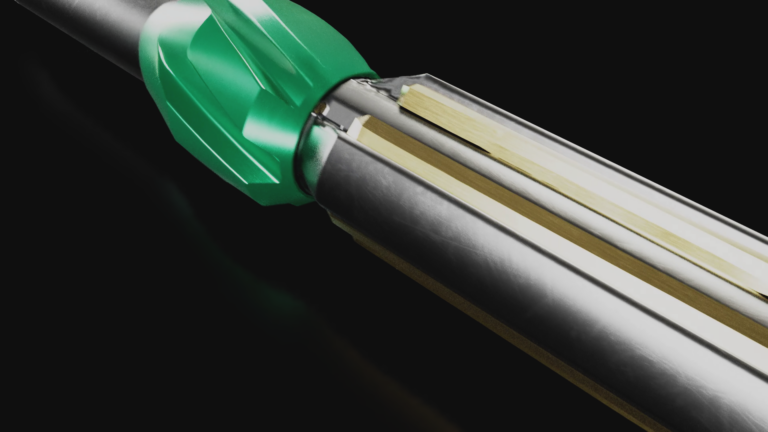How to minimize drill string wear & tear
How do you minimize drill string wear & tear during transportation and drill floor handling? In this blog post I discuss three important prerequisites for safe handling and transportation of your drilling equipment.
1. Proper drill string handling
One of the key elements is the proper handling of the drill string during movement from shore to the offshore or onshore drilling rig. Special care should be given to the threaded connections, to avoid damaging the threads.
This means that all drill pipes, drill collars, rotary subs, BHA components and other drilling equipment must be sent out with proper thread protectors. The threads should also be properly cleaned and greased, and the thread protectors properly installed – preferably steel protectors, not plastic ones.
> Read also: How to choose the right drill pipe
2. New Pipe Connection Break In
A new drill pipe string requires special consideration. The connections (threads) must be broken in as per the manufacturer’s procedures with the proper application of Make Up Torque and Inspection on Break out, Cleaning of threads and re-application of dope and Make-Up Torque.
3. Proper makeup of the drilling equipment
The second important factor is the proper makeup of the drilling equipment during drill floor handling. Threads should be properly cleaned and the correct amount of dope applied, primarily to the sealing shoulders. Tong or Iron Roughneck Dies must be visually checked and any worn or damaged segments should be changed out for new.
When engaging the threads this should always be done under control, not shock loaded if the Pin lands on the Box Shoulder by pushing the Single, Double or Stand in; pick up on the elevators and lower in correctly – consider using a Stabbing guide. The correct torque required for the thread form (you have multiple thread types) should be applied.
Very importantly, when using iron roughnecks (or equivalent equipment), the torque rams should be stationary and have completed their cycle, to ensure that the correct torque has been applied.
The reason is as follows: When using iron roughnecks and looking at the torque gauge, it is easy to make the mistake of thinking that they have done their job once the needle reaches the preset value. However, if the rams are still moving, that means that full torque has not yet been applied. It is therefore a false security to rely on the fact that the pressure and pre-determined torque needle match up.
When using manual tongs, place the tongs away from the thin wall section of the box, and always ensure that no tong is placed immediately across the connection. When final torque is applied to the connection, the makeup and breakout tongs should be at 90 degrees to each other.
If the angle is less or greater than 90 degrees, incorrect torque will have been applied. When using iron roughnecks or hydraulic equipment, the operating system should be fully calibrated (system and gauges). When using manual tongs, the torque sensor and the hose leading to the gauges must be full of hydraulic fluid.
4. Setting the pipe in the slips
When setting the slips around the pipe and into the bushings, this should be done at a very controlled slow pace, in a gentle and controlled manner, preferably with the string static. This will avoid damaging the tube, especially on drill pipes, by avoiding die marks or excessive die mark penetration. This will prevent the propagation of stress risers leading to potential Washout or Twist off.
Topics: Drilling Equipment

By: Detlef Proschold
Detlef Proschold has been in the Industry since 1986. Having started on the Drilling side in the North Sea he moved to the Fishing and Remedial business line in 1991 joining OWS in November 2014 as Global Product Line Manager.



